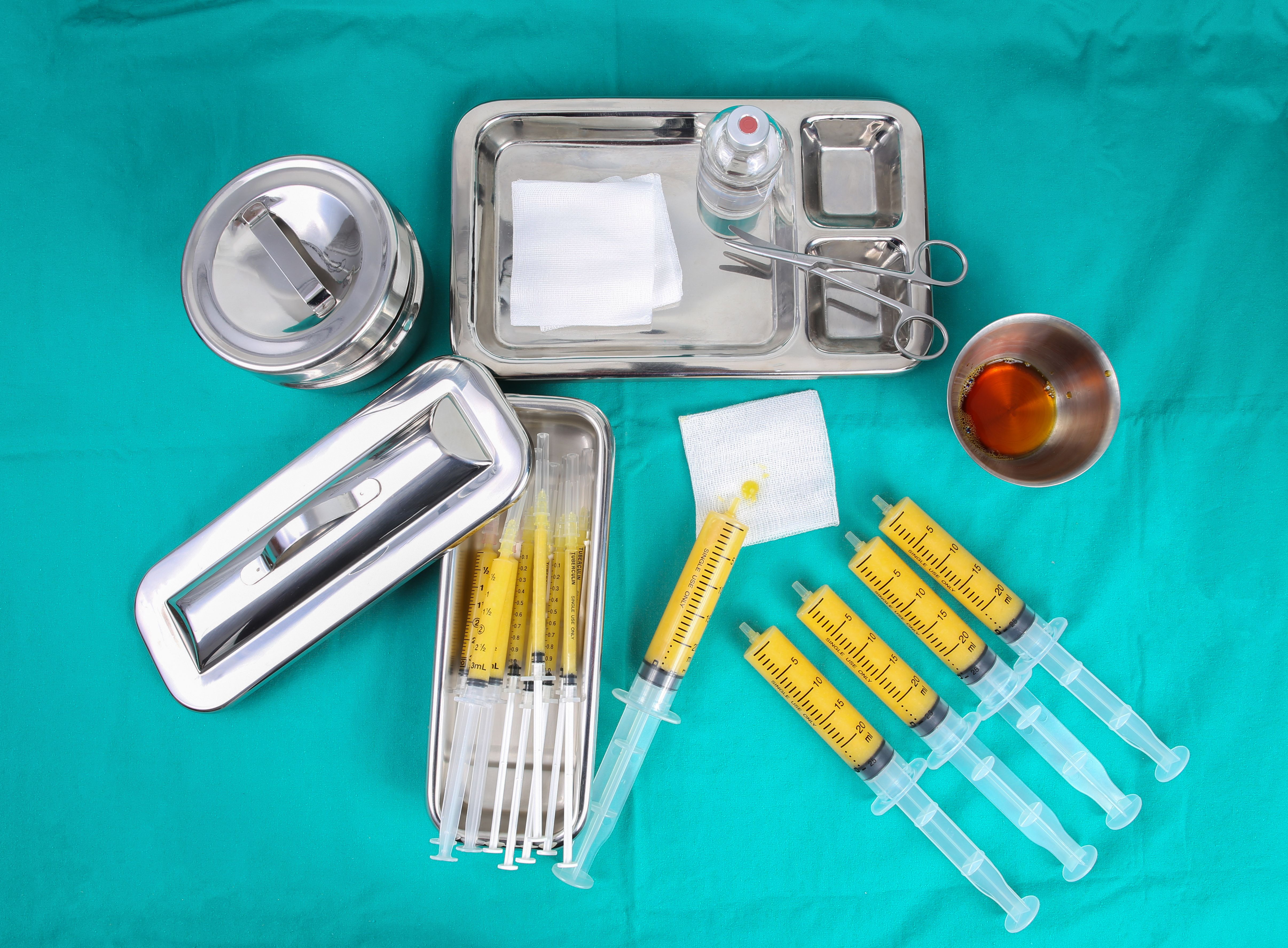- Acne
- Actinic Keratosis
- Aesthetics
- Alopecia
- Atopic Dermatitis
- Buy-and-Bill
- COVID-19
- Case-Based Roundtable
- Chronic Hand Eczema
- Chronic Spontaneous Urticaria
- Drug Watch
- Eczema
- General Dermatology
- Hidradenitis Suppurativa
- Melasma
- NP and PA
- Pediatric Dermatology
- Pigmentary Disorders
- Practice Management
- Precision Medicine and Biologics
- Prurigo Nodularis
- Psoriasis
- Psoriatic Arthritis
- Rare Disease
- Rosacea
- Skin Cancer
- Vitiligo
- Wound Care
Article
Does age affect fat grafting results?
Author(s):
Animal study suggests age may be a factor in fat graft volume retention.

Young mice retained volume from fat grafting longer than older mice, according to recently published research. The study was performed in the context of correcting craniofacial anomalies, but also offers key insight into what continues to be an unpredictable aesthetic treatment.
Stanford University researchers subcutaneously grafted human lipoaspirate from three middle-aged healthy female donors over the calvaria of immunocompromised mice. Of the three groups of 15 mice each, in group A, the mice were three weeks old (preadolescent); in group B they were six months to correspond to a human middle-aged adult; and in group C, the mice were one year (geriatric). The researchers evaluated fat graft volume retention over eight weeks.
They found that at six weeks, group A had an average 79.7% volume retention, versus 56.9% in group B and 45.9% in group C. By eight weeks, group A’s average volume retention was 73.3% compared to 45.3% in group B and 35.4% in group C. They found that histologically the youngest recipient sites showed improved vascularization and overall healthier grafts than older recipient sites.
“Although there are undoubtedly other recipient-site factors that may impact fat graft retention, these data nonetheless support beginning soft-tissue correction at earlier ages, particularly in reconstructions that require multiple operations, such as for craniofacial microsomia, as staged procedures afford the opportunity to also perform concomitant fat grafting at younger ages,” the authors write.
Study authors conclude that their findings suggest the optimal timing for soft-tissue reconstruction using fat grafting might be to place the grafts in younger (versus older) recipients. This calls into question the order in which plastic surgeons correct the underlying skeletal foundation and soft-tissue reconstruction in patients with various craniofacial anomalies.
“A more longitudinal approach to soft-tissue correction starting at a younger age may thus provide benefit to the patient, with more predictable results,” they write.
Among the translational limitations: It might have been more appropriate to match a young recipient site with young donor fat but that would have required getting fat from pediatric patients, which is challenging. And these findings might not extend to all soft-tissue deformity causes.
Disclosures:
The authors report no relevant disclosures.
References:
Chung NN, Ransom RC, Blackshear CP, et al. Fat Grafting into Younger Recipients Improves Volume Retention in an Animal Model. Plast Reconstr Surg. 2019;143(4):1067-1075.
Newsletter
Like what you’re reading? Subscribe to Dermatology Times for weekly updates on therapies, innovations, and real-world practice tips.














